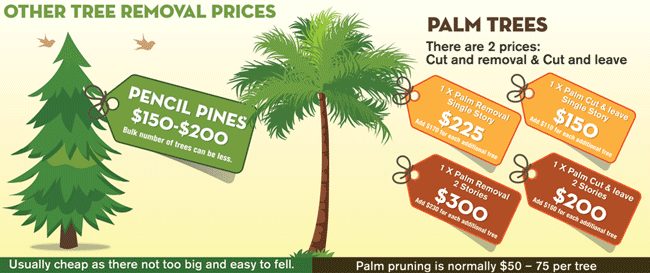Clues That Suggest Tree Elimination: Just How To Area Hazardous Trees
Clues That Suggest Tree Elimination: Just How To Area Hazardous Trees
Blog Article
Post By-Vogel Emerson
When it involves tree treatment, recognizing the signs that it's time for removal is important for your safety and home. You might see discolored fallen leaves, wilting branches, or strange fungal developments showing illness. Structural issues, like a significant lean or fractures in the trunk, can also posture dangers. Comprehending these warning signs can assist you make notified decisions about your trees and prevent potential hazards lurking in your backyard. What should you seek next?
Indicators of Decay and Condition
When you notice signs of decay and illness in your trees, it's important to act quickly. Seek stained fallen leaves, wilting branches, or uncommon developments like fungi. These can indicate that your tree is battling.
If you see splits in the bark or soft, mushy wood, these signs suggest interior decay. Furthermore, an unexpected rise in bugs around your tree can indicate that it's deteriorated and vulnerable.
Check for any dead or passing away limbs, as they pose a danger to your residential or commercial property and safety and security. If you're uncertain about what you see, getting in touch with an arborist can provide clearness.
Attending to these indications early can save you from a lot more substantial damage and make certain the wellness of your backyard. Do not wait up until it's too late.
Structural Instability and Leaning
As you observe your trees, watch out for any kind of indications of structural instability or leaning. If a tree leans significantly, it may show that the origin system is jeopardized.
Look for any type of cracks in the trunk or soil around the base; these can signify potential failure. Additionally, check for unusual development patterns, like a lopsided crown, which may recommend that the tree is having a hard time to hold itself upright.
If you observe that the tree leans toward your home, power lines, or other frameworks, it poses a higher threat. Do not neglect these indicators-- get in touch with an arborist to assess the situation.
Taking Legal Obligation To Trim Trees can avoid expensive damage and ensure your safety and security.
Dead or Dying Branches and Vegetation
If you notice dead or dying branches and foliage on your tree, it's a clear indication that something's wrong.
These undesirable areas can indicate underlying issues like illness, bug problems, or environmental tension. When branches shed their leaves or transform brownish, they're no more contributing to the tree's wellness. Neglecting these indications might lead to additional decline, making your tree a lot more hazardous.
Dead branches can easily break off throughout storms, posing a threat to building and people close by. Recommended Web site to evaluate the level of the damages.
If the problem impacts a substantial part of the tree, consider consulting an expert. They can help establish if elimination is required to guarantee safety and preserve the beauty of your landscape.
Final thought
If you see any signs of degeneration, structural instability, or dead branches on your trees, do not overlook them. These indications can present significant safety and security threats to you and your home. It's always best to get in touch with a specialist arborist that can supply a specialist assessment of your trees. Taking action early can avoid mishaps and costly damage, ensuring your landscape remains safe and healthy. Keep in mind, it's much better to be aggressive concerning tree treatment than to await a calamity to happen.
